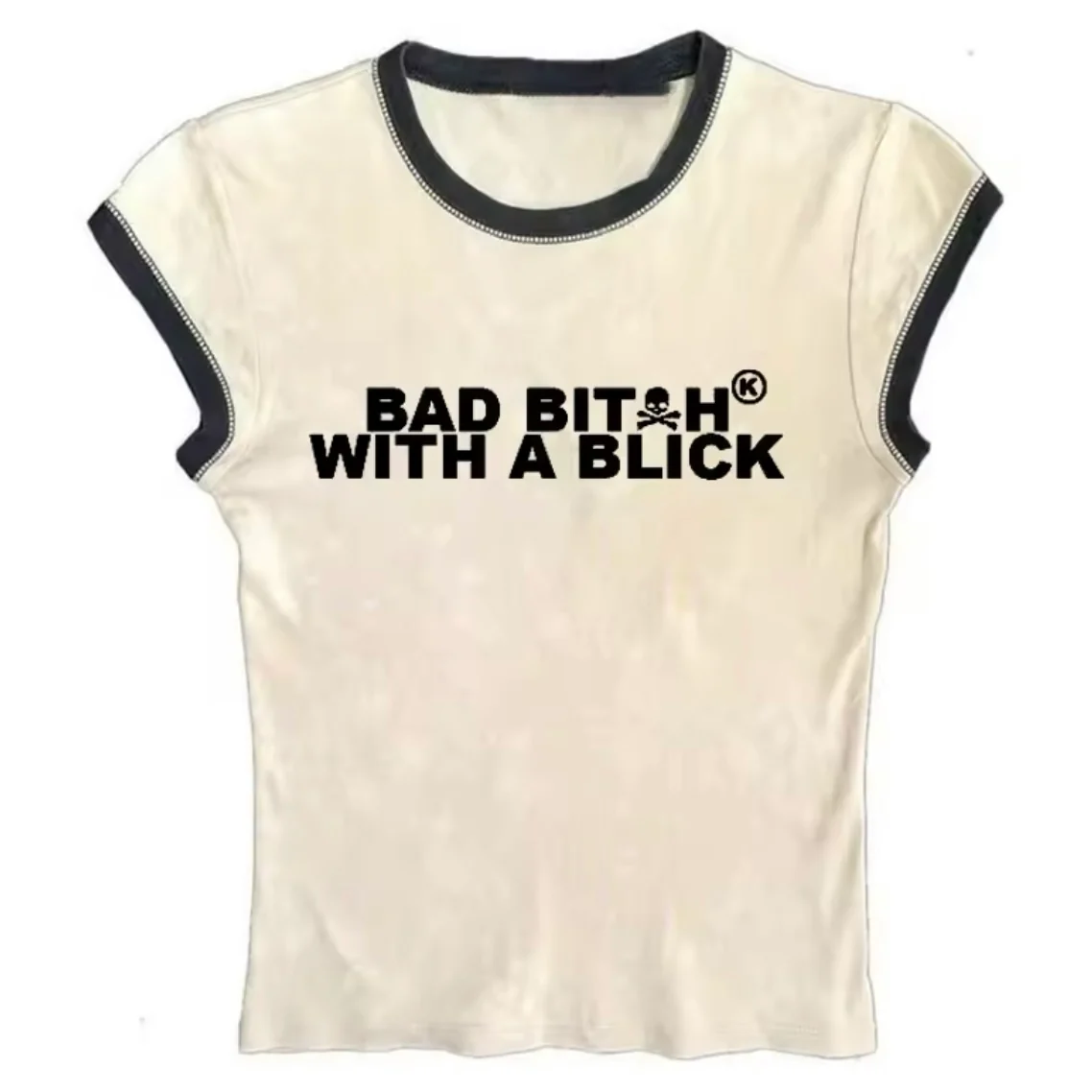When people hear “6 inches,” the first thing that comes to mind is size. But what does actually mean in practical terms? Is it big or small? How can you visualize it without a ruler?
This article breaks down everything you need to know about —from its definition, conversions, and comparisons to its uses in daily life. Whether you’re into crafts, construction, cooking, or simply curious, this guide will give you a clear understanding of the measurement.
What Does 6 Inches Mean?
An inch is a unit of length in the imperial and US customary measurement systems. So, simply means a length equal to six times one inch.
1 inch = 2.54 centimeters
6 inches = 15.24 centimeters (cm)
6 inches = 0.5 feet
6 inches = 0.1524 meters
That means is exactly half a foot.
Everyday Objects That Are 6 Inches Long
It’s hard to visualize a number until you compare it to something familiar. Here are some common objects that are about 6 inches in length:
A smartphone (average modern phone size)
A dollar bill plus half of another
A standard pencil
A small paperback book
Half of a ruler (since a standard ruler is 12 inches long)
A kitchen knife blade
The width of most adult hands when stretched
So, if you don’t have a measuring tape around, think of these items to estimate
Converting 6 Inches into Other Units
Measurements can be confusing if you’re switching between imperial and metric systems. Here’s a simple conversion table for
| Unit | Equivalent of 6 Inches |
|---|---|
| Feet | 0.5 ft |
| Yards | 0.166 yards |
| Centimeters | 15.24 cm |
| Millimeters | 152.4 mm |
| Meters | 0.1524 m |
This helps if you’re dealing with global standards, for example, in construction or international shipping.
Why Is 6 Inches an Important Size?
In Construction and Home Improvement
Carpenters, masons, and plumbers often work with 6-inch standards. For example:
A 6-inch nail is commonly used for framing.
6-inch PVC pipes are standard in plumbing.
6-inch wall thickness is typical in some construction designs.
In Fashion and Footwear
6-inch heels are considered extra high, making them popular for special events.
6-inch boots are a standard height for work boots, covering the ankle for support and protection.
In Cooking and Kitchen Use
A 6-inch chef’s knife is perfect for beginners since it’s easier to handle than a longer blade.
6-inch cake pans are common for baking small cakes.
Sub sandwiches often come in 6-inch and 12-inch sizes.
In Technology and Gadgets
Many smartphones have screens close to diagonally.
A 6-inch tablet falls between phone and mini-tablet size, making it portable and practical.
Visualizing 6 Inches Without a Ruler
Sometimes, you don’t have a tape measure or ruler handy. Here are quick tricks to estimate
Hand Span – Most adult hands are about wide when spread out.
Dollar Bill Trick – A US dollar bill is 6.14 inches long, almost exactly the same.
Standard Pencil – Most pencils measure around 6–7 inches when sharpened down.
Smartphone – The average phone today is around in length or screen size.
These everyday hacks make it easy to guess quickly.
Is 6 Inches Considered Big or Small?
That depends on the context:
In construction, a 6-inch beam is quite solid.
In fashion, a 6-inch heel is very high.
In technology, a 6-inch phone is standard.
In baking, a 6-inch cake pan makes a small-to-medium cake.
So, whether feels big or small depends entirely on the object being measured.
Fun Facts About 6 Inches
Half a ruler – Since rulers are usually 12 inches long, is exactly halfway.
Half a foot – Literally 0.5 feet, making it an easy reference point.
Perfect sandwich size – The popular “6-inch sub” is ideal for a single serving.
Balance point – In many designs, is used as a practical midpoint for measurement.
Practical Uses of 6 Inches in Daily Life
Here are some real-world examples of how people use or encounter 6-inch measurements:
Gardeners measure 6-inch soil depth for planting bulbs.
DIY enthusiasts cut wood into 6-inch pieces for crafts.
Interior designers use 6-inch spacing for wall frames or tiles.
Bakers follow recipes that call for 6-inch pans.
Students use 6-inch rulers in pencil boxes for convenience.
Quick Measurement Tips
If you’re often estimating here are a few practical tips:
Keep a foldable 6-inch ruler in your bag for quick checks.
Memorize that a dollar bill is almost —perfect for makeshift measurement.
Learn your hand’s width so you can measure without tools.
Use your smartphone length as a reference point.
Common Misconceptions About 6 Inches
“ is always small.”
Not true—can be small or large depending on context. A 6-inch phone is large, but a 6-inch pizza is small.
“6 inches and 15 cm are not the same.”
Actually, they are nearly identical— equals 15.24 cm.
“You need a ruler to measure
Everyday objects like pencils, bills, or your hand can help you estimate.
Conclusion
Now you know exactly what means, how to measure it,6 inches and where it shows up in daily life. From construction materials and kitchen tools to fashion and technology, is a size that appears everywhere around us.
Next time you hear you’ll be able to picture it clearly—whether it’s half a ruler, a sandwich, or the size of your phone.
Key takeaway:
6 inches = 15.24 cm = half a foot
Found in daily items like pencils, phones, knives, and boots
Useful in cooking, building, fashion, and design
So, whether you’re measuring for a recipe, choosing boots, or doing DIY projects, remembering the 6-inch standard will always come in handy.



















Leave a Reply